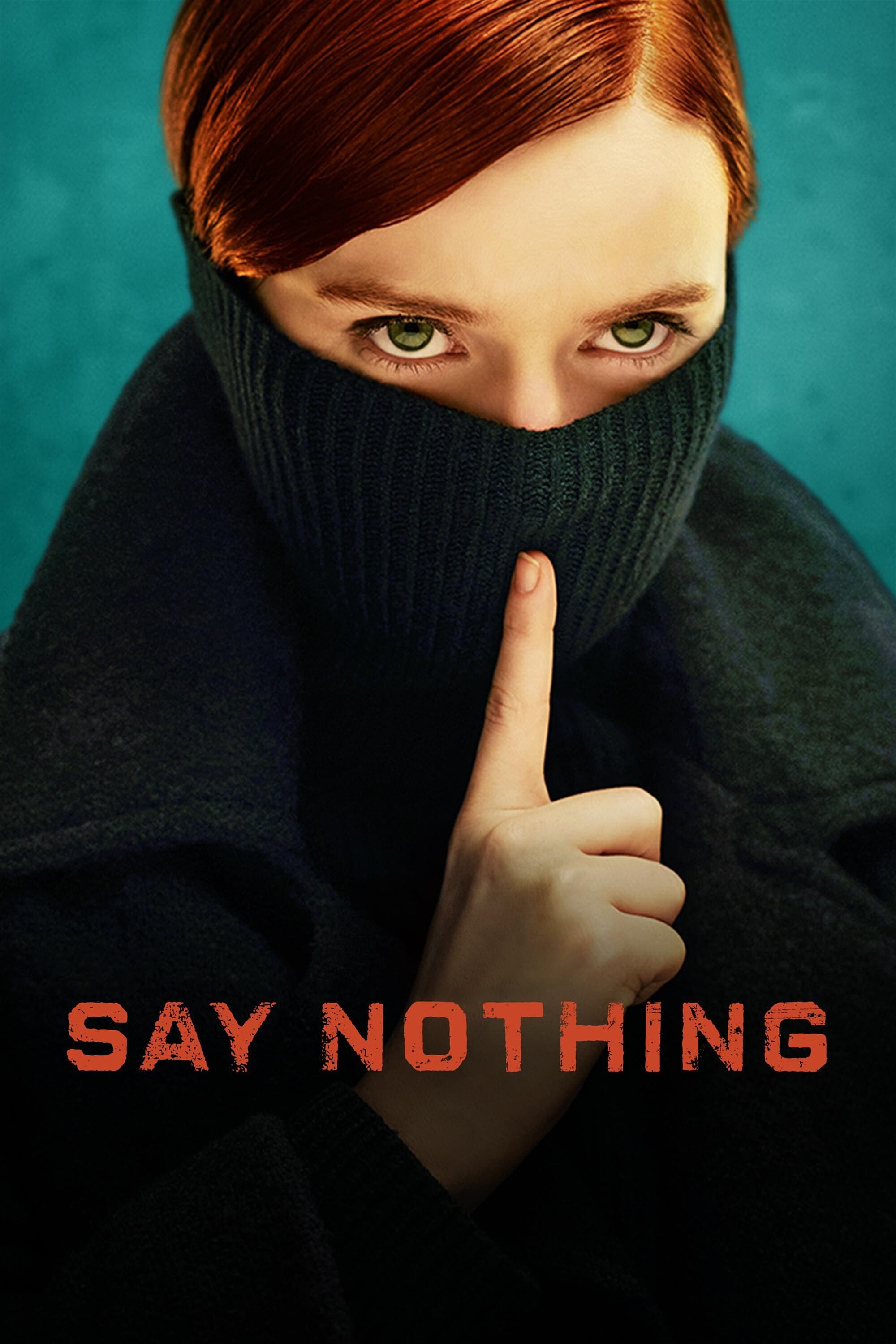
Through the eyes of various Irish Republican Army (IRA) members, explore the extremes some people will go to in the name of their beliefs, the way a deeply divided society can suddenly tip over into armed conflict, the long shadow of radical violence for both victims and perpetrators, and the emotional and psychological costs of a code of silence.

Declan Flynn, a man struggling for self-acceptance, is preyed upon by a gang of self-described ‘Queer-bashers’ in Dublin, 1982. Based on the true story seen as a major catalyst for Ireland’s LGBTQ Pride movement.
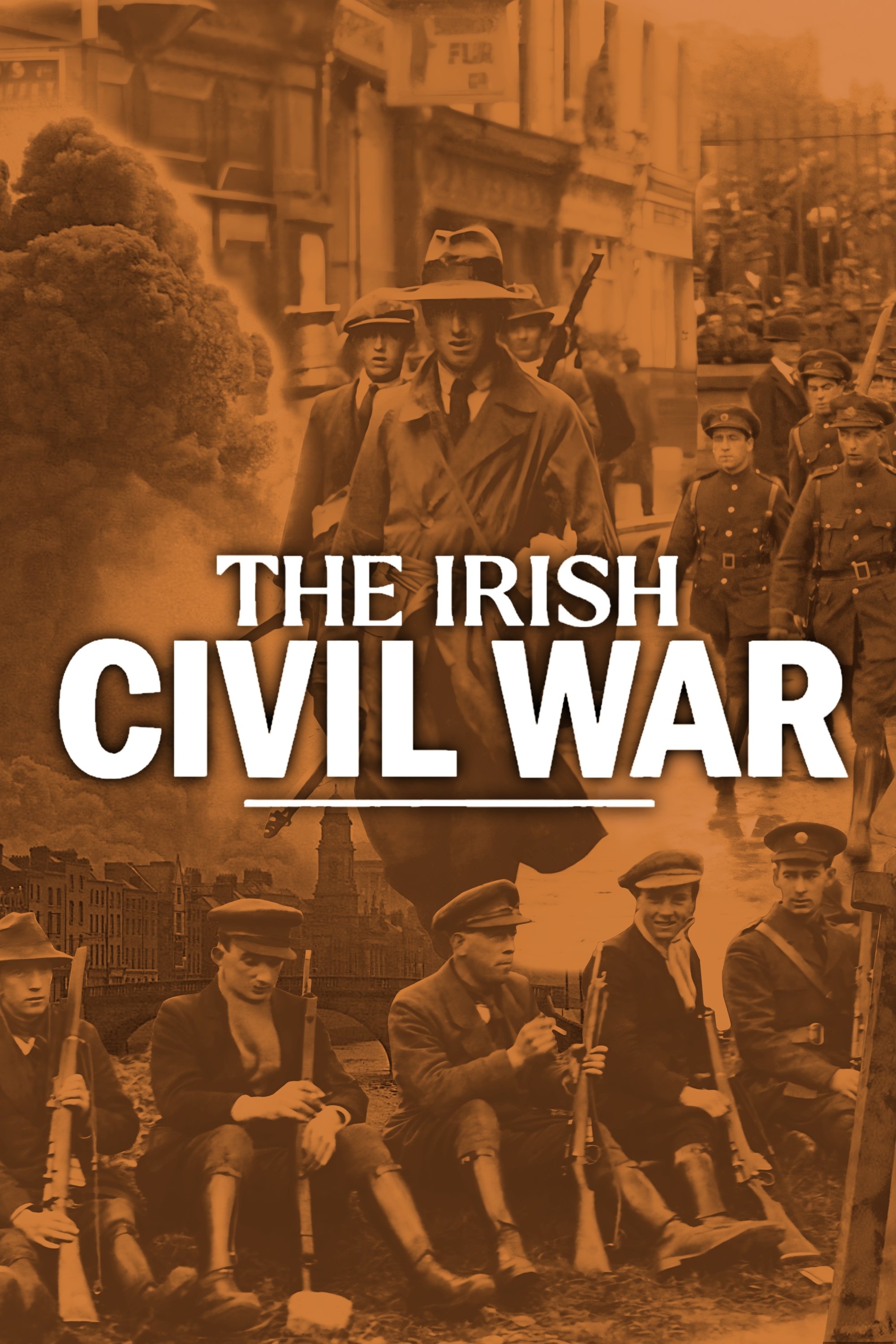
The 3-part documentary series The Irish Civil War tells the epic and often challenging story of the origins, conflict and legacy of the civil war that took place in Ireland in 1922 and 1923. Narrated by Brendan Gleeson, produced in partnership with University College Cork by RTÉ Cork as part of the Decade of Centenary commemorations and based on UCC’s “mammoth and magnificent” Atlas of the Irish Revolution, this documentary series features extensive archive film footage, photographs and materials, interviews with leading academics, archive interviews with contemporary participants and witnesses, firsthand witness accounts read by actors, detailed and dynamic graphic maps based on those featured in the Atlas of the Irish Revolution, and stunning cinematography of the very locations where events took place.
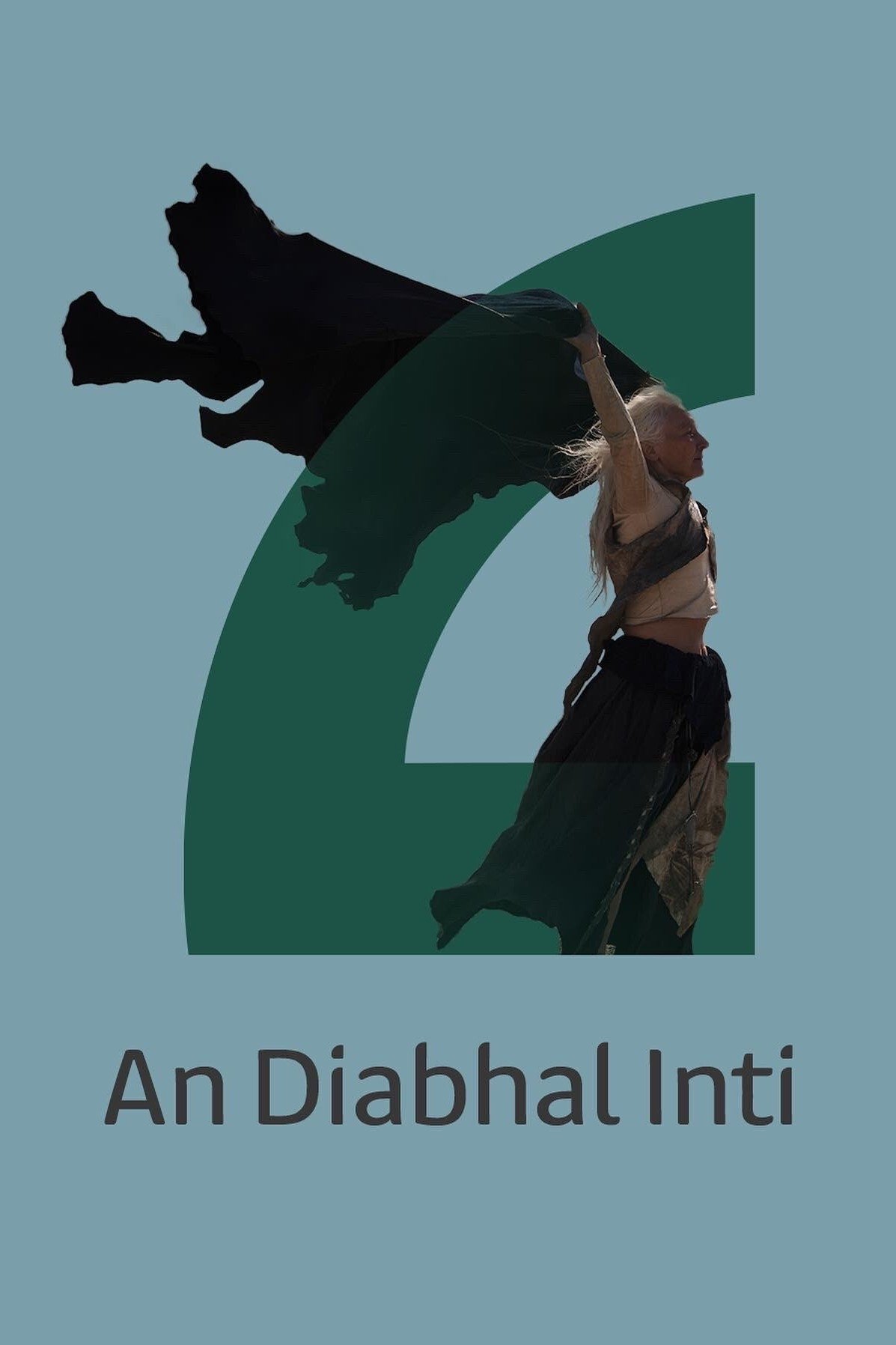
Set against the backdrop of the great European witch hunts spanning two centuries and reaching across the Atlantic as far as America the six-part series offers a unique lens into the social, political and religious conditions that resulted in one of the greatest 'otherings' in human history.
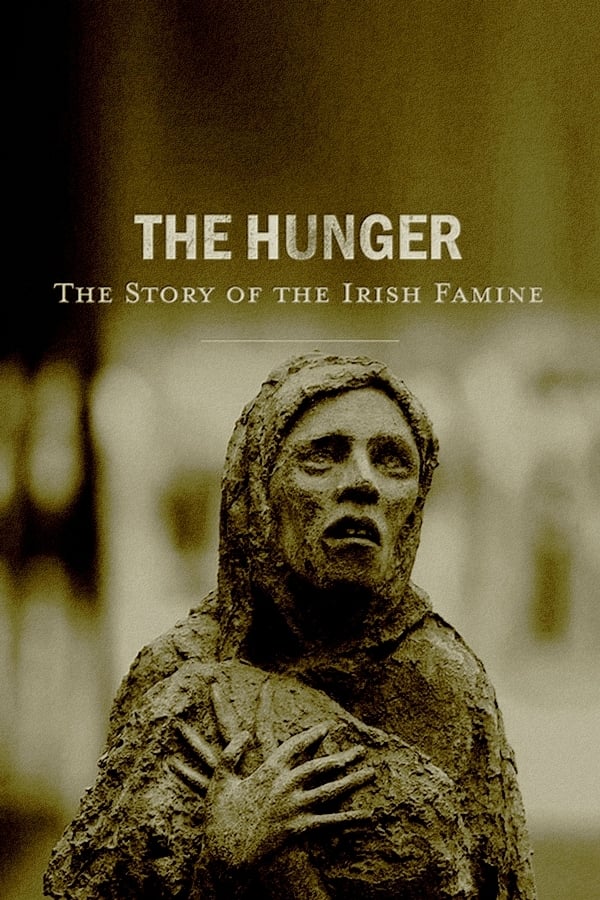
Ireland, 1845. When a deadly fungus destroys potato crops throughout northern Europe, the most impoverished Irish population, whose main source of food is precisely the potato, suffers a cruel famine that will cause more than a million deaths and, in the following ten years, the mass exodus of more than two million people.
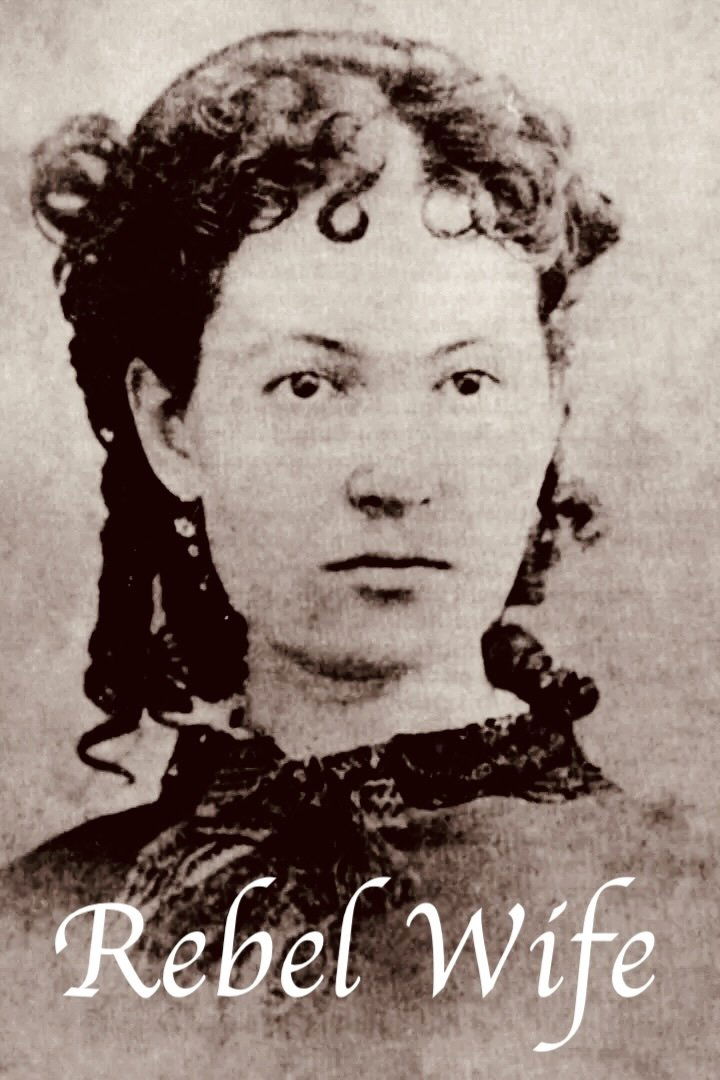
Mary Jane Irwin O'Donovan Rossa of Clonakilty, West Cork, was an Irish nationalist and activist. She was the wife of Jeremiah O'Donovan Rossa, the famous Fenian prisoner and agitator whose funeral in 1915 sparked the Easter Uprising that led to the establishment of the Republic of Ireland. But Mary Jane had more to do with the revolutionary Fenian movement, Rossa's release from prison and making the historic funeral a reality than has been acknowledged. While Rossa's funeral was a huge and widely reported event, Mary Jane's death in the summer of 1916 was hardly noticed. While Rossa is buried in the Republican Plot at Glasnevin National Cemetery in Dublin, Mary Jane's grave in Staten Island, NY is largely forgotten. Directed by Williams Rossa Cole, Mary Jane's great-grandson as a companion work to his 2016 documentary "Rebel Rossa".

Years after the mysterious death of his grandmother, a young boy is stalked by a unknown woman in white, a figure who may have more to do with the grandmothers passing than thought…in this modern retelling of the classic Irish folklore ‘The Banshee’.

The remarkable story of the Irish War of Independence (1919-1922) which resulted in the formation of the Irish Free State and became the model for other British colonies to gain their independence.

On the 22nd June 1921 King George V and Queen Mary arrived in Belfast for the official opening of the first Northern Ireland parliament. Fearful for their lives, they had come to a city scarred by bitter sectarian violence. The King’s visit to Belfast was the culmination of three centuries of history – and three years of political brinkmanship and brutal communal violence. The occasion marked the creation of the new state of Northern Ireland. A line had been drawn on the map – a new border that separated the north and south of the island. One hundred years on, this is the story of the dramatic events that led to the partition of Ireland. A story that continues to reverberate to the present day - and dominate relationships between the islands of Britain and Ireland.

A retired soldier turned gardener considers what legacy he will leave behind.

On the 27th of December 1973, a nightmare began for an entire family. On that night, a German businessman called Thomas Niedermayer was kidnapped from his home in Belfast. He was never seen alive again by his friends or family. He became one of the "disappeared", and it seemed that no-one knew what had happened to him.
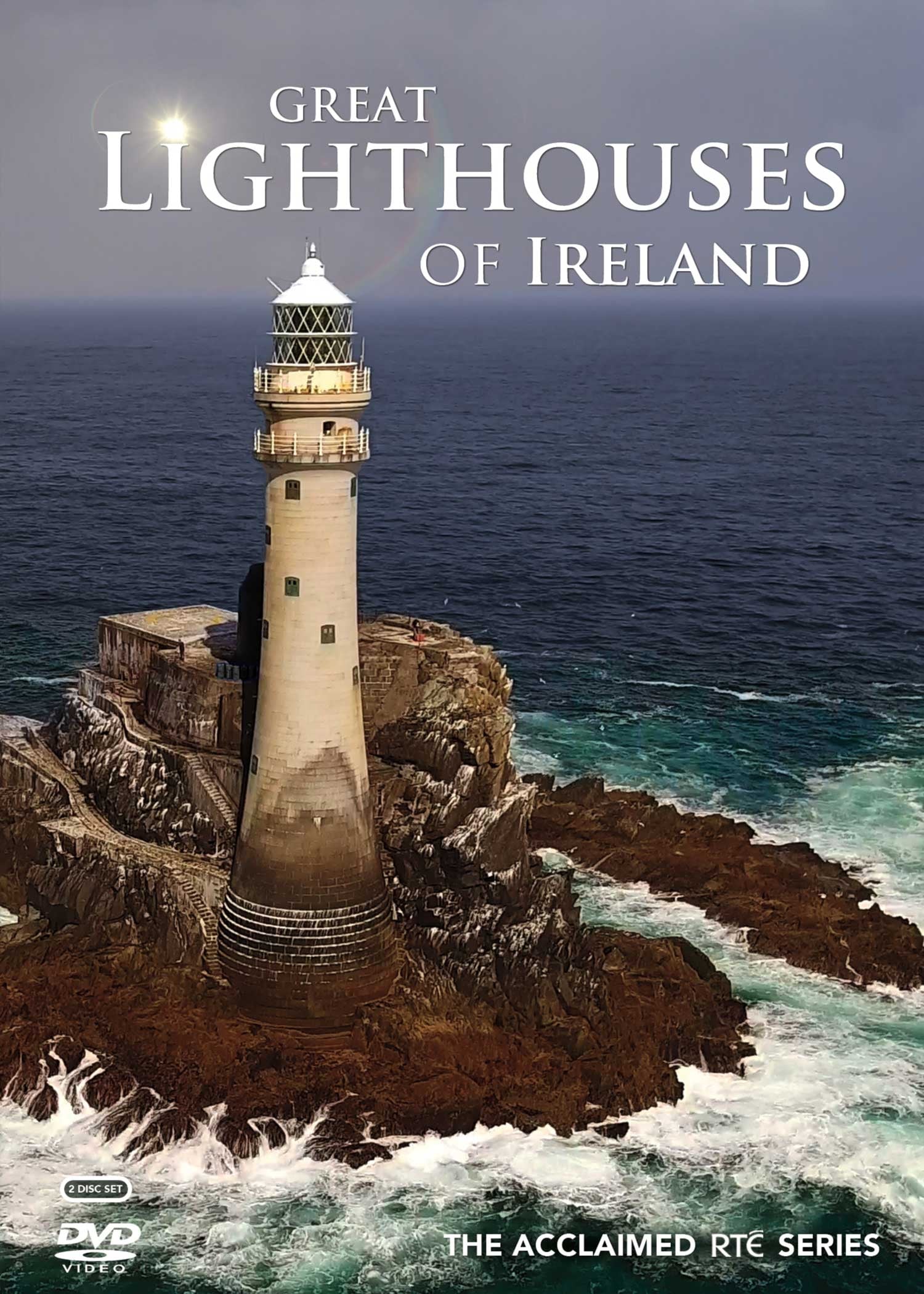
Great Lighthouses of Ireland tells the story of Ireland’s lighthouses and their continuing importance to the country’s survival. For all their romance and mystery, lighthouses remain a vital part of Ireland’s maritime infrastructure.
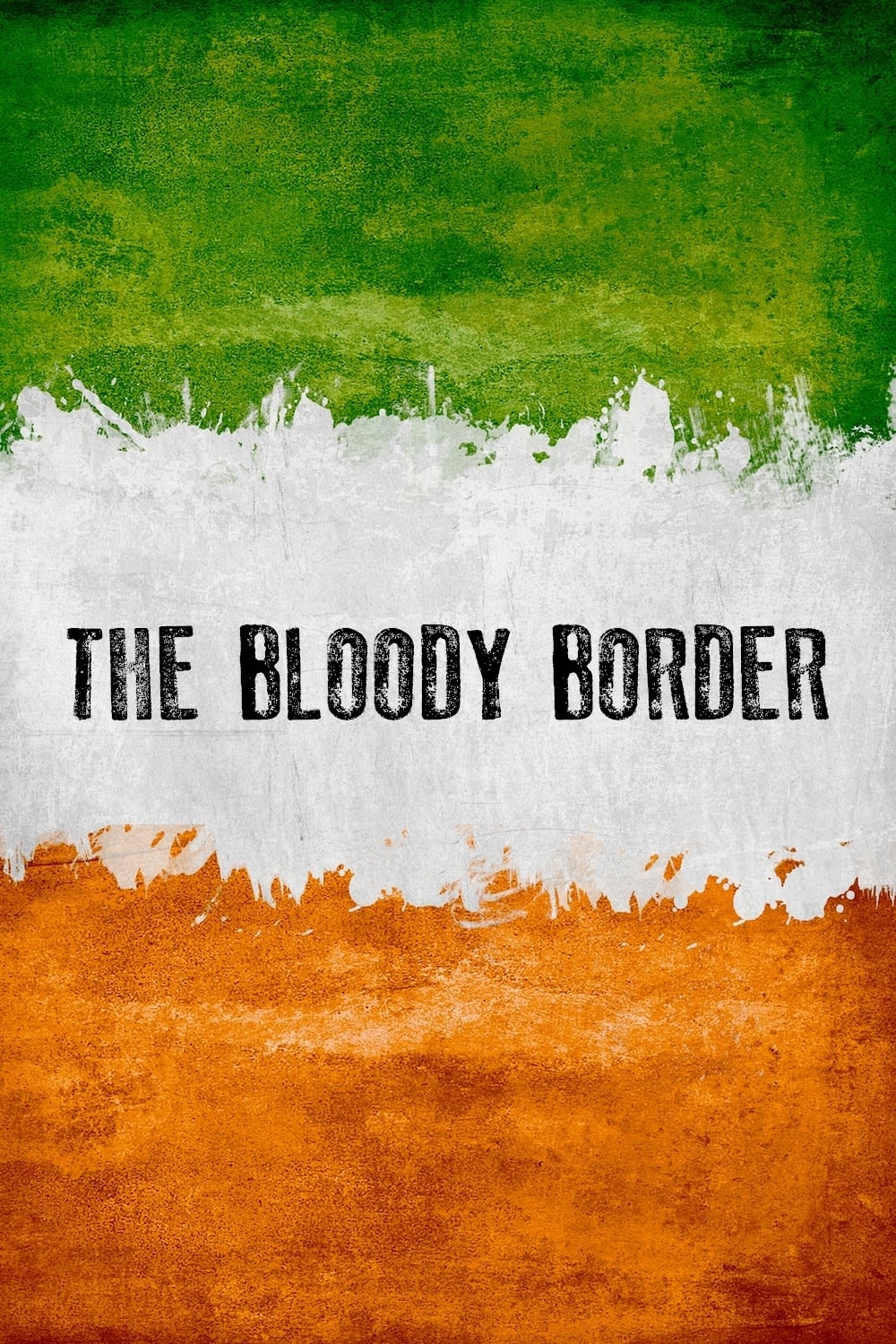
The painful story of Ireland and the Irish people, who struggled for centuries to free themselves from the tyrannical clutches of the British Empire; an epic tale of poverty, hunger, despair, violence and unyielding courage.

The testimony of the men who unwittingly became war photographers on the streets of their own towns in Northern Ireland, when violence erupted around them. Instead of photographing weddings and celebrities, as they expected, they produced the images that crudely show the suffering of ordinary people between 1968 and 1998, the worst years of the conflict.
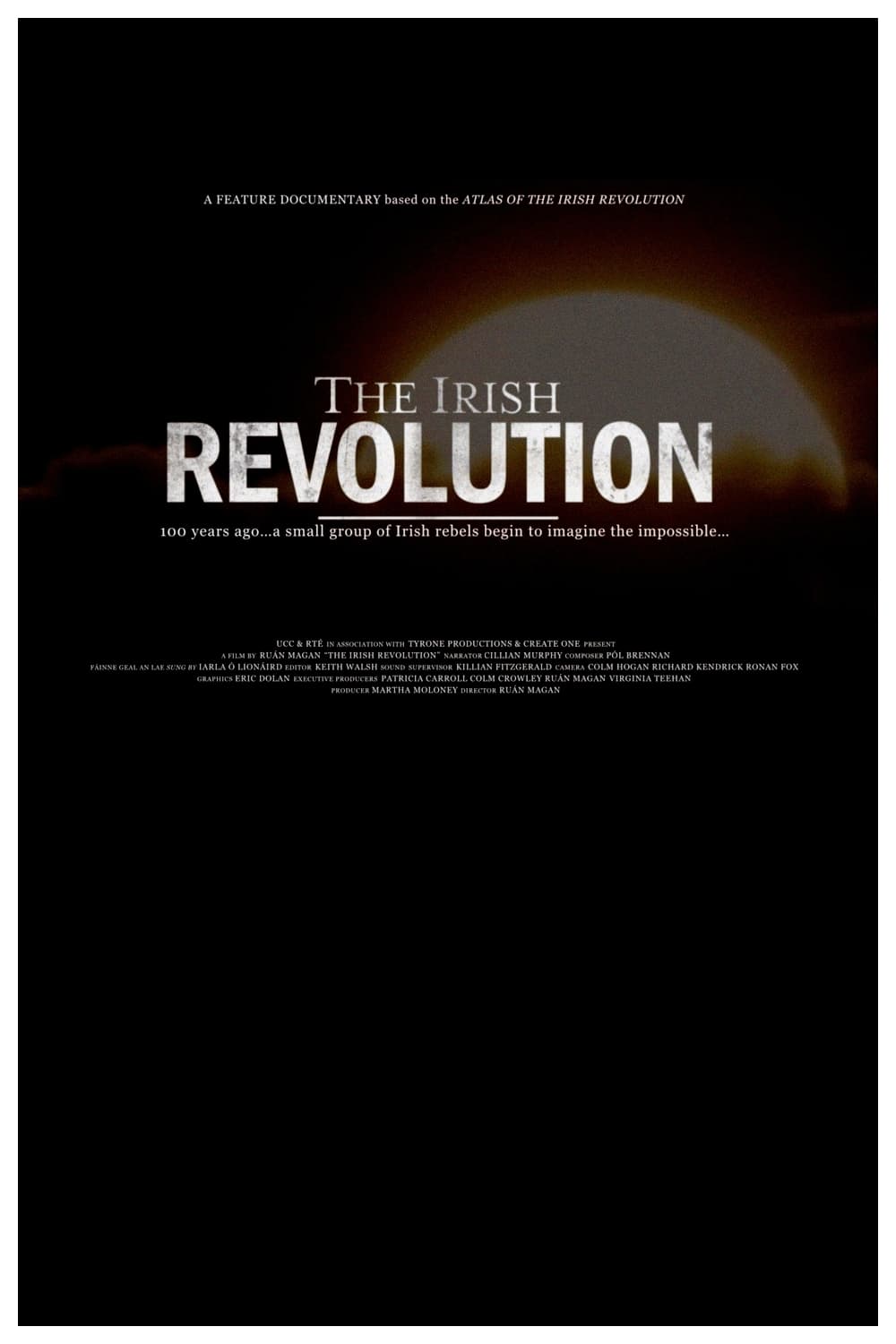
The extraordinary story of the Irish War of Independence (1919-22): from the failed insurrection of 1916, the detailed account of how pro-independence Ireland rebuilt a movement whose efforts would eventually lead to the creation of a new nation. (Documentary film based on the miniseries of the same title.)
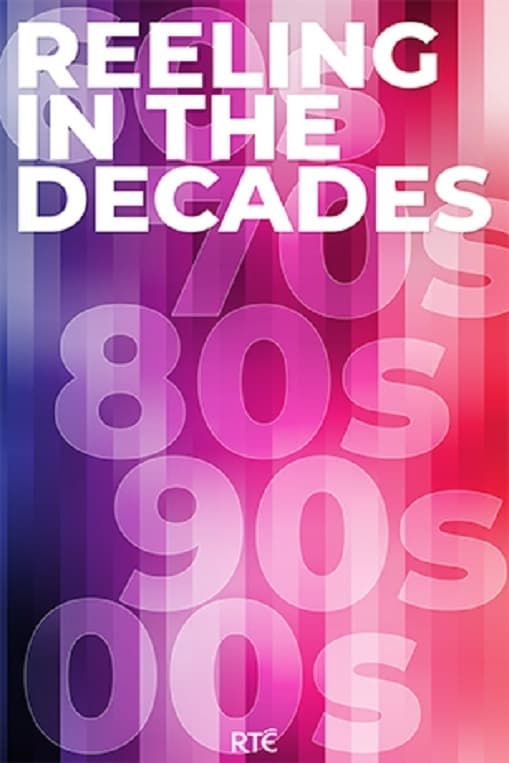
Each episode looks back at the news and events of a particular year, using news archive footage, along with subtitles as the means of narration, to recount notable Irish and international events of the time.
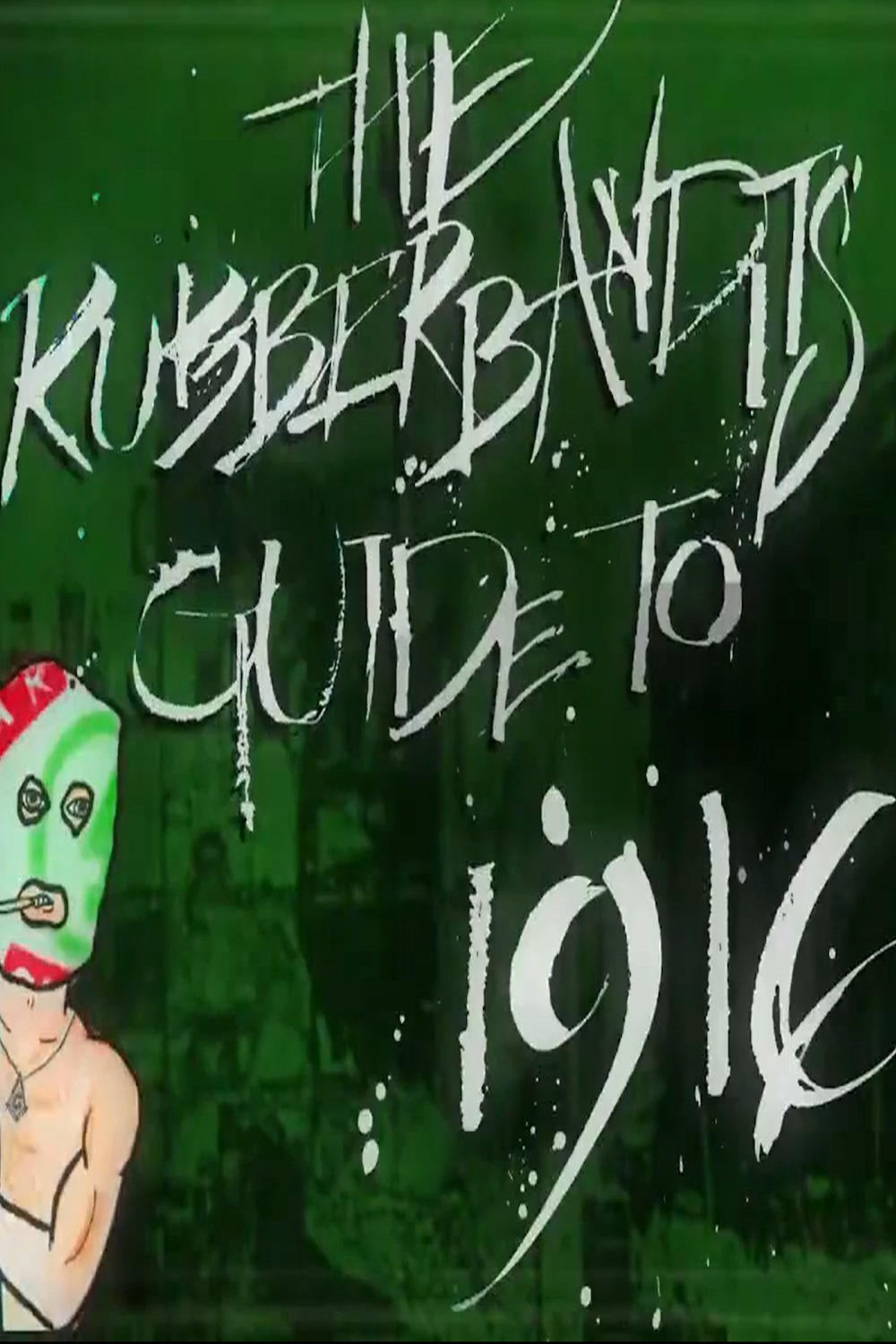
A documentary on the 1916 Easter Rising, written and performed by the duo Rubberbandits.
By browsing this website, you accept our cookies policy.